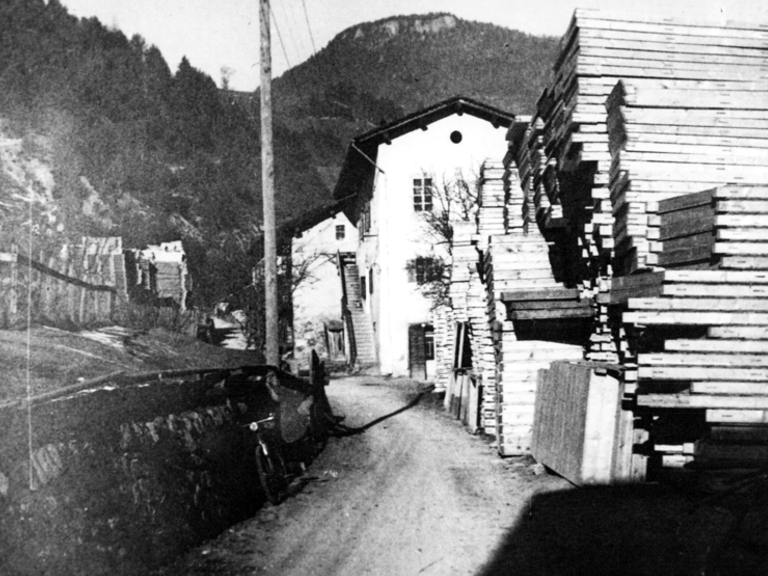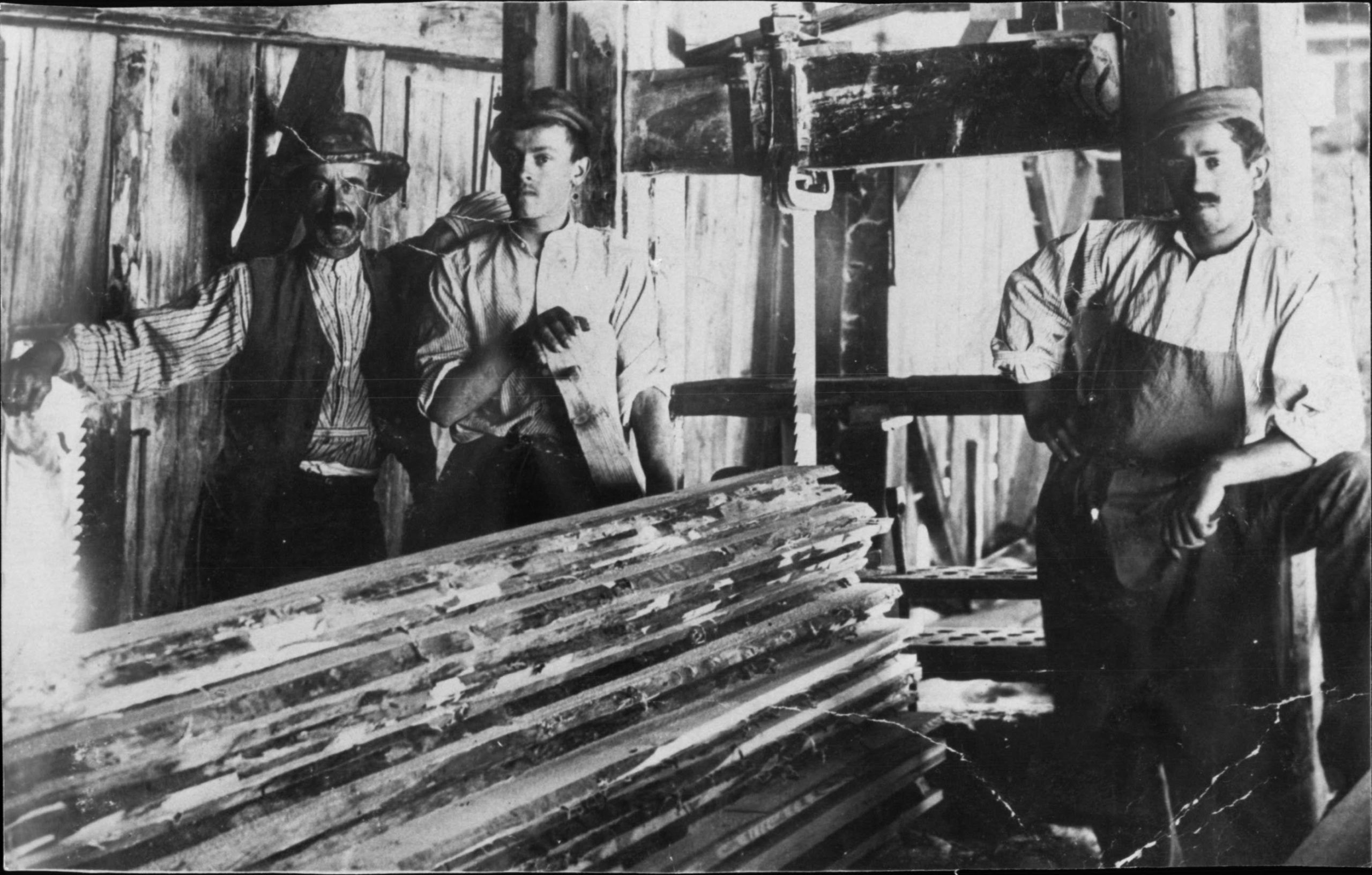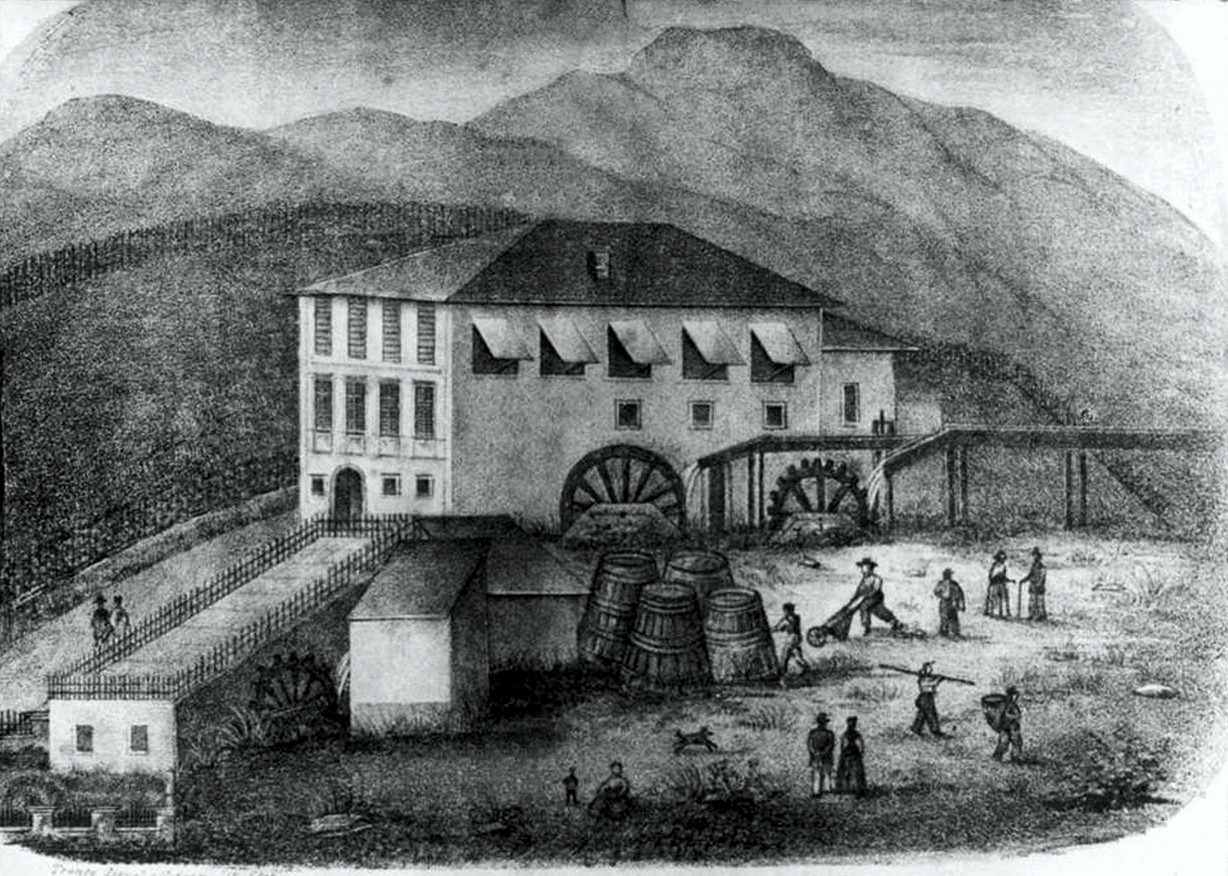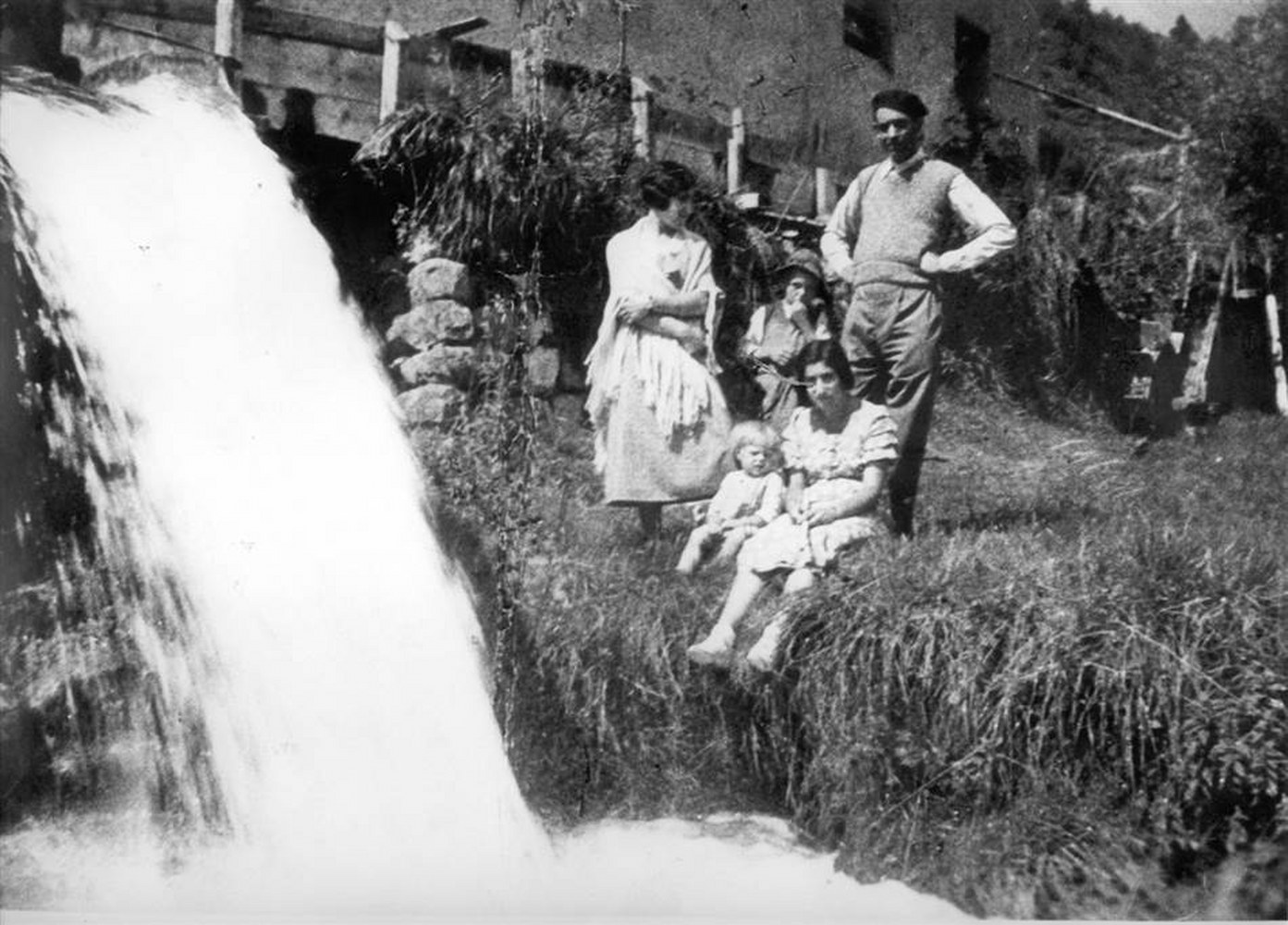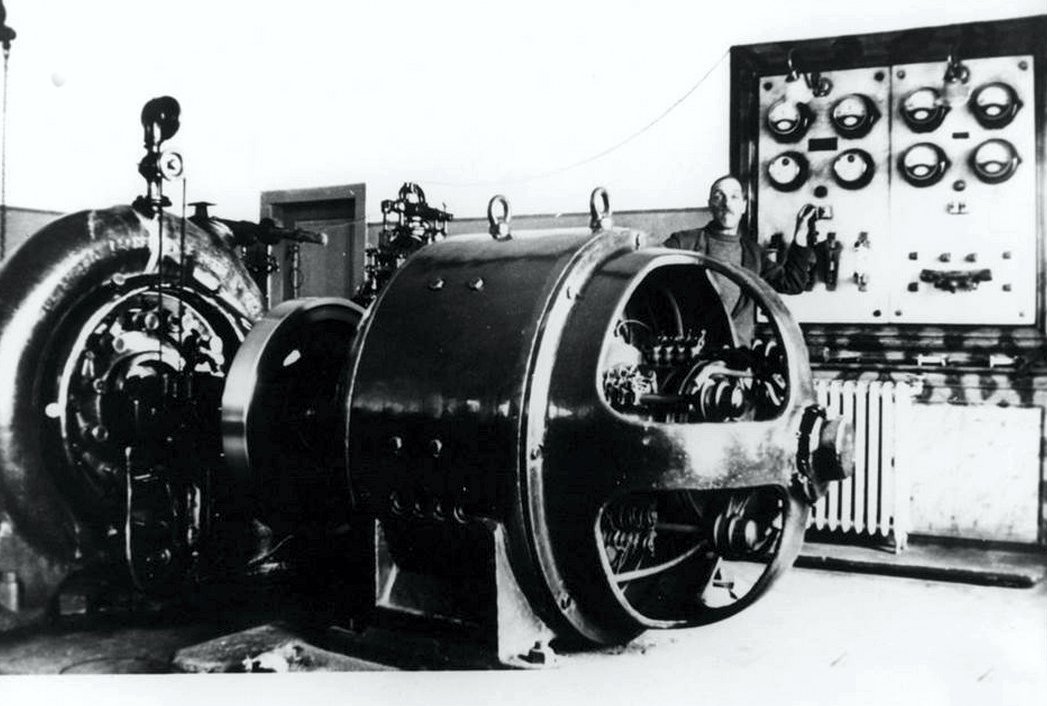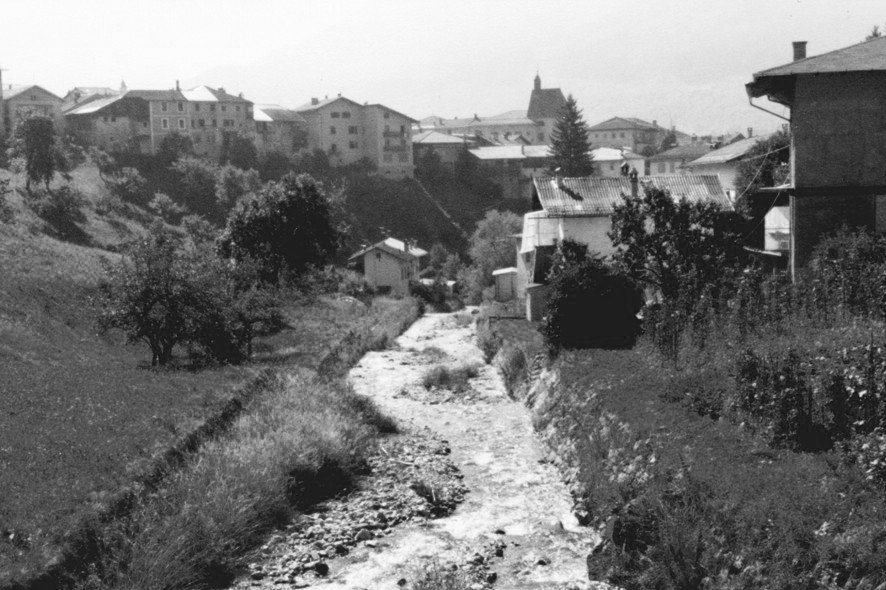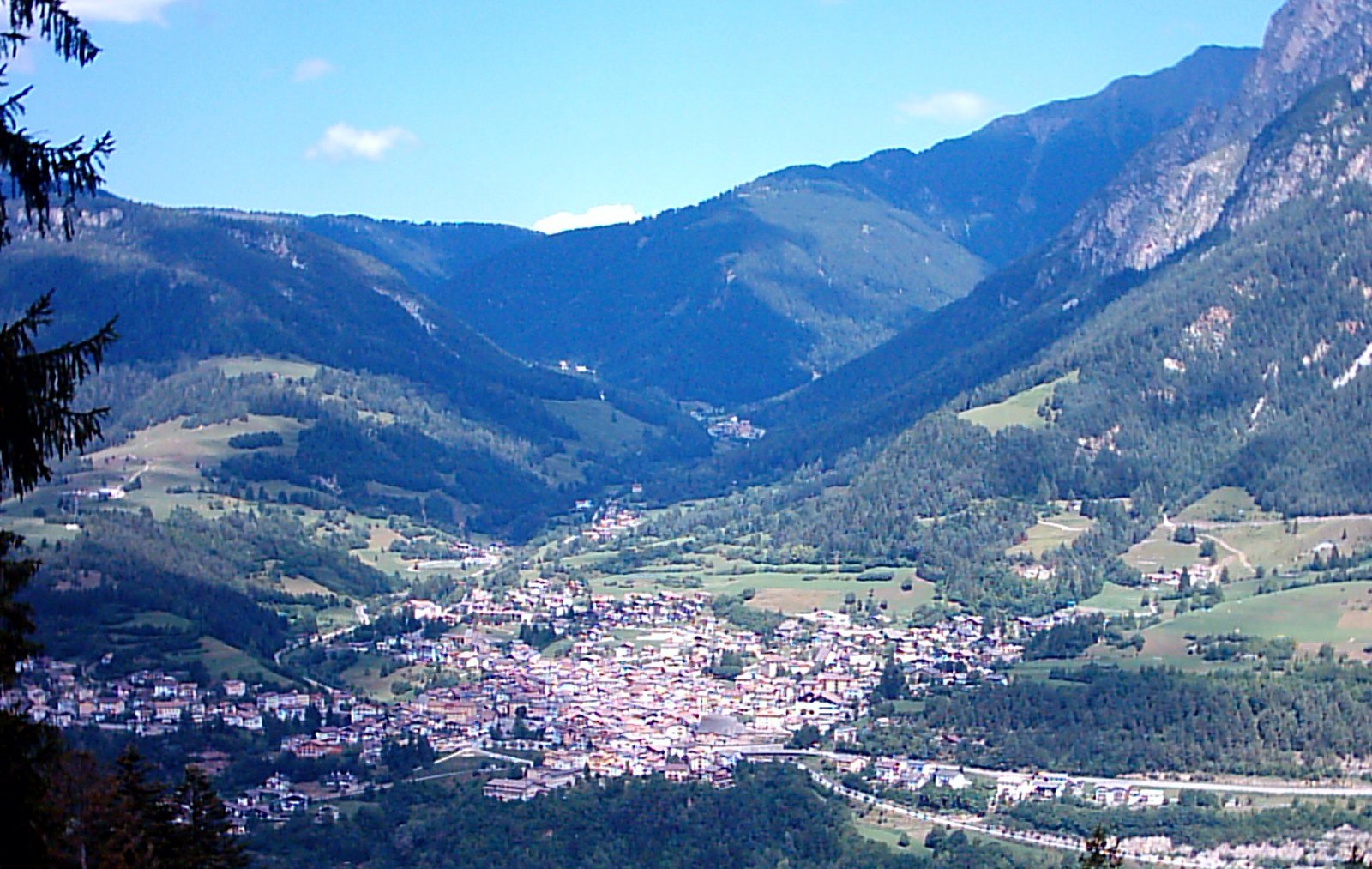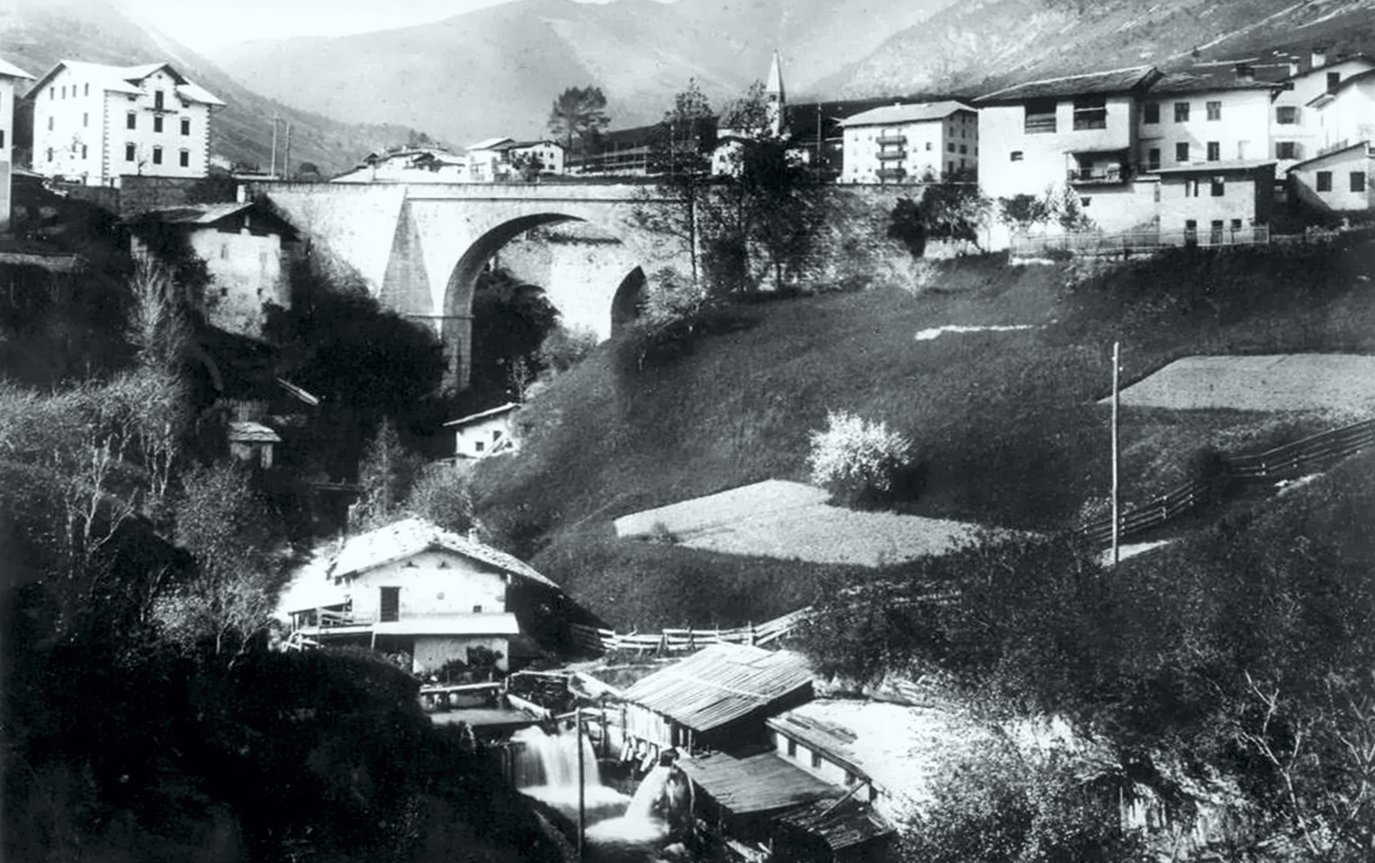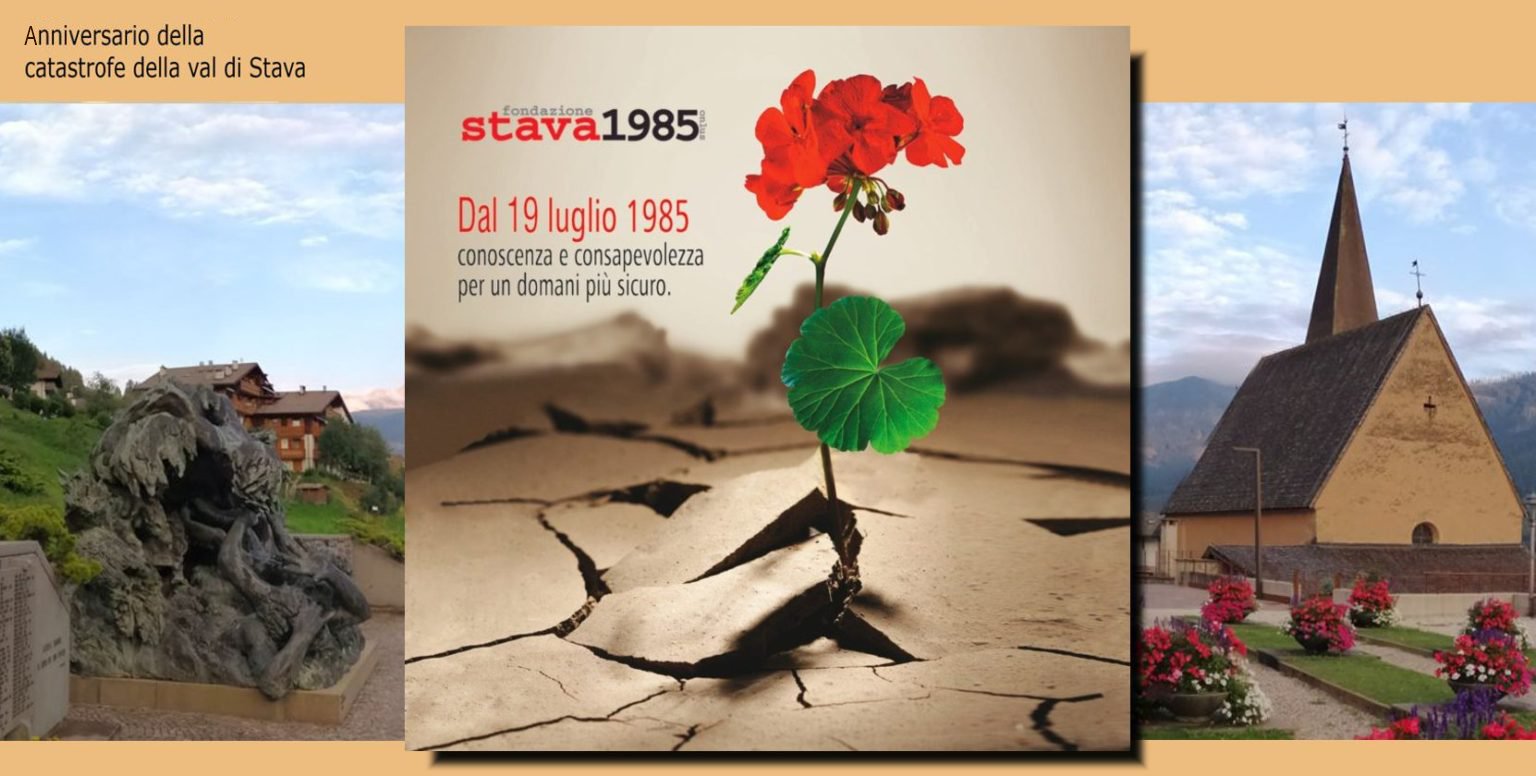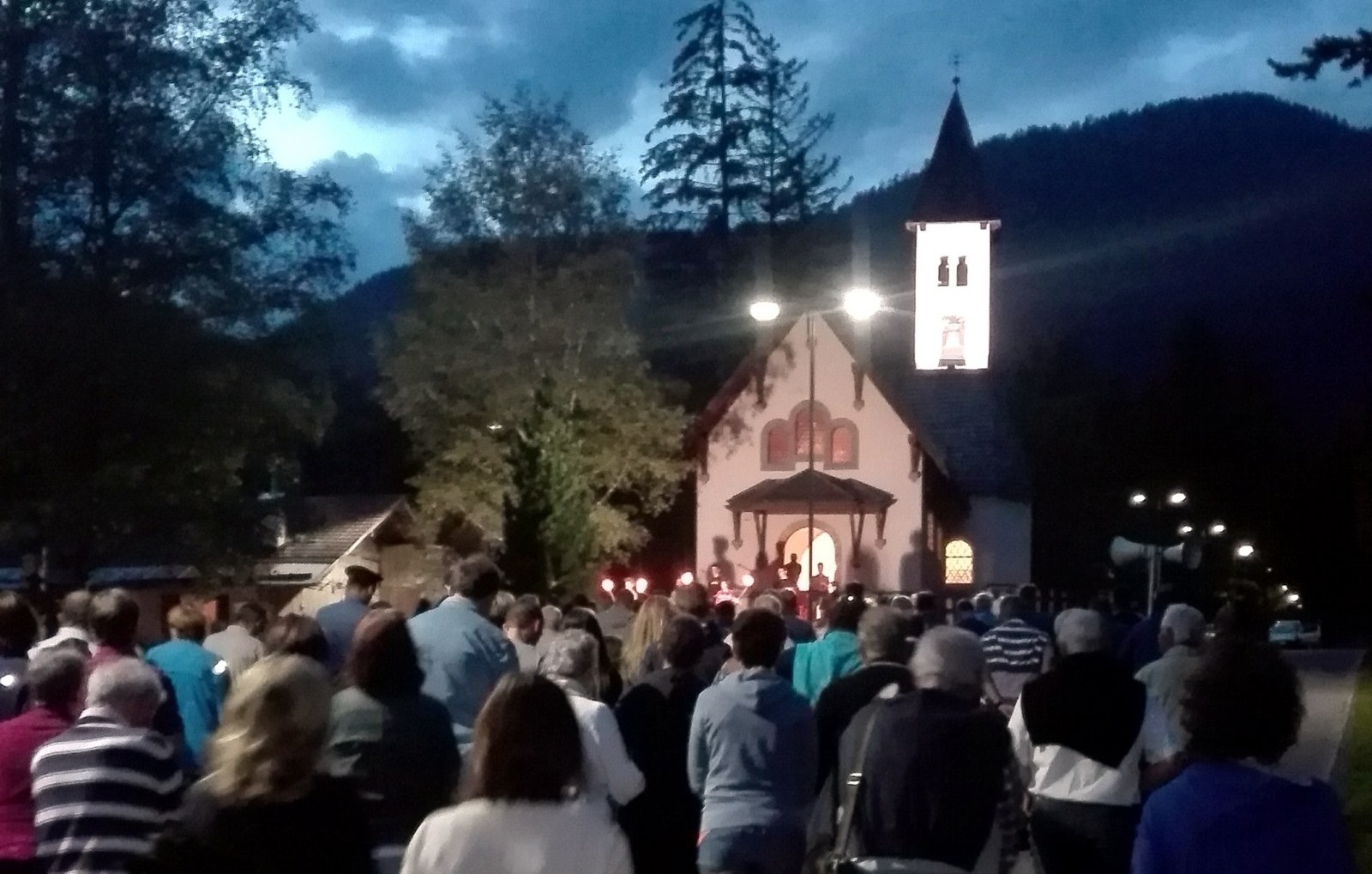The joiners’ workshops
[vc_row][vc_column][vc_column_text]Along the Rio Stava joiners’ workshops were specialised mostly in the production of indoor and outdoor doors and windows and also produced furniture. The set of gears, belts and reductions that led off the main shaft were very complex, having to power numerous mechanical instruments, circular saws, planes, lathes, sanders and others. During the second half of the 1900s, joiners progressively brought their machinery up to date with more modern equipment powered by electricity. [/vc_column_text][vc_separator color="black"][/vc_column][/vc_row][vc_row][vc_column][vc_masonry_media_grid grid_id="vc_gid:1621004432113-b00bfd5d-a78b-6" include="6212,6215,6252,6249,6243,6240,6237,6246"][/vc_column][/vc_row]

